How a memory becomes a sale: A guide to brand association
| June 22, 2020
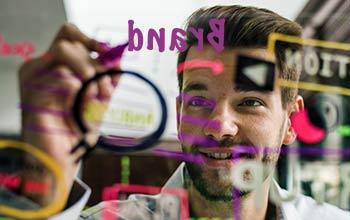
“A brand that captures your mind gains behavior. A brand that captures your heart gains commitment.” – Scott Talgo
A brand that becomes associated with positive characteristics has a chance to corner the market and massively increase product sales.
To build these traits, it’s important to focus on the following:
- Visual design
- Personification
- Language
Brand association has the power to drive influence and sales. In this guide, you’ll learn what brand association is and how to create it. You’ll also be shown how to avoid negative associations. Let’s begin.
What is brand association?
Brand association is when company traits are rooted in customers’ minds. The goal of brand association is to have a brand linked with positive attributes. Brand association builds value and equity for a company brand. It ultimately makes consumers aware of brand quality.
When it comes to marketing, brand association is a straightforward concept: give audiences an association they would connect with.
If you’re highlighting new sunglasses for adults, for example, a campaign with younger millennials modeling the shades won’t put the right association into your audience’s head.

Here are some popular brand association examples most people have:
Google – search, information, answers
Apple – innovation, simplicity
Nike – sports, athletes, performance
Microsoft – windows, computers, software
Of course, some associations will run deeper than others. For example, when I think of Microsoft, I also think of the following:
- The multi-colored Windows logo
- A ‘start’ bar/menu
- Bill Gates
- Blue ‘Surface’ tablets
- Computers
- Efficiency, usefulness
- The memory of my first PC
Similarly, researching social data helps construct an idea of the types of things people are talking about when it comes to your brand. A powerful way to visualize this is by creating a word cloud. Here’s one I created using the above language I used for Microsoft:
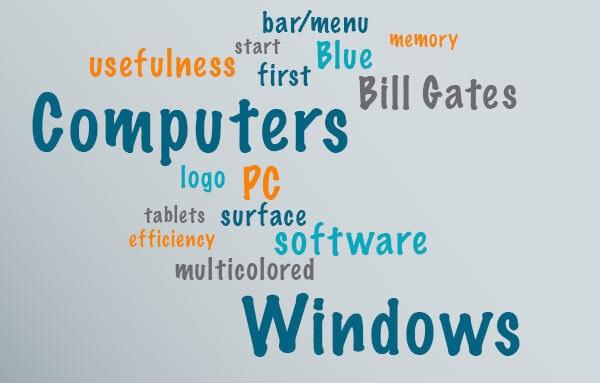
And when I think of Google, I often see it as a noun and a verb. Someone may say they are going to ‘google’ something in lieu of ‘look something up’.
Check out our branding guide. Also, check out our video insights on brand association below:
Some key examples to consider
For some, a logo might be the brand element they most associate with. For others, it might be a celebrity. Note that a human brand association is much more dynamic than a logo. Sure, a logo might get changed or, by no fault of its own, eventually mean something new (like the peace sign or a thumbs-up).
However, a celebrity or other type of human brand association is more likely to change, for better or worse. Many people think ‘Flo’ when they hear about the company Progressive, ‘Jan’ when they see a Toyota symbol or Jeff Goldblum when they think of buying a new apartment.
These are powerful brand associations to create, but they are destined to change. People age, make new decisions with their lives and create new personas. This has the potential to damage a brand with a negative association. For example, a popular human brand association was once Jared and Subway.
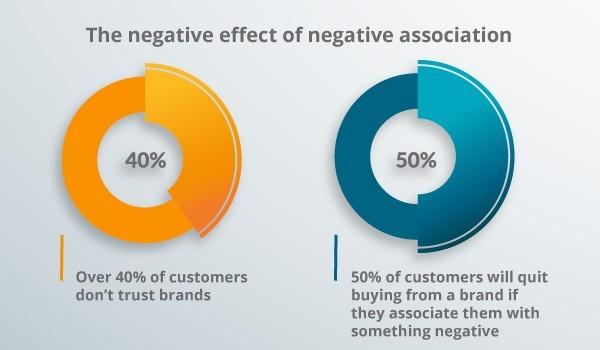
These examples give us a good understanding of why creating brand associations is so important. Let’s take a look at some direct benefits brand association creates.
The simplistic, yet drastically important, aspects of brand associations
Consumers are likely to interact with your brand if it builds unique, creative and positive associations with them.
These associations can be reciprocal as well. For example, watching a golf tournament Tiger Woods is playing in might make you think of Nike products. Similarly, seeing a Nike hat at the store might make you think of Tiger Woods.
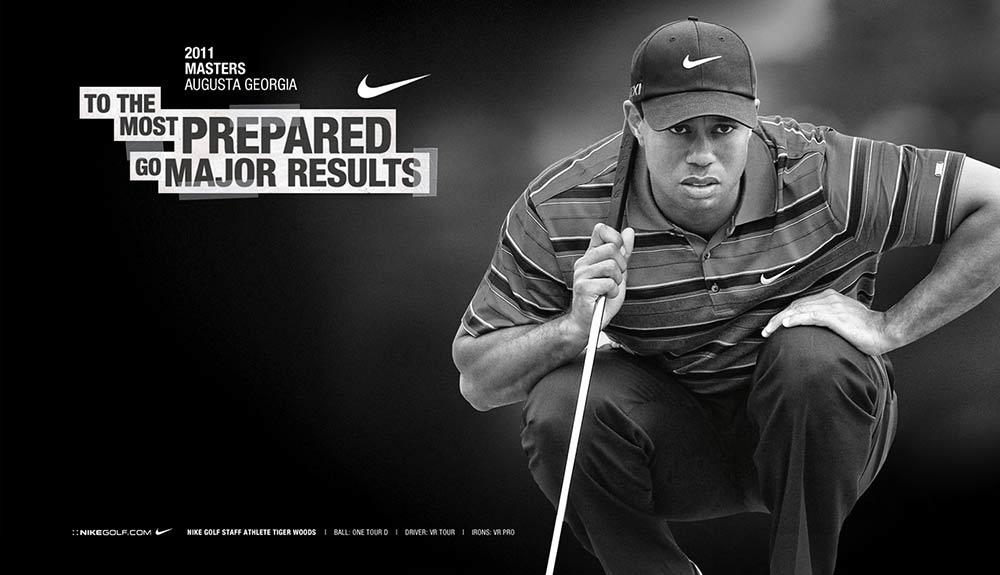
This type of reciprocation drives sales and keeps brands on the mind.
It sounds simplistic sometimes, but it has validity. Think of a time when your purchase was influenced by a brand association. Chances are you didn’t feel tricked into buying something, rather, you were likely happy to make the purchase based on this association.
Knowing all this, it’s important to construct campaigns that build powerful brand associations. There are right and wrong ways to do this, so let’s make sure you follow the right path.
Necessary foundations to build
The following are some key ways to attempt to build your own brand associations:
1. Visuals/designs
“Math is easy; design is hard.” Jeffrey Veen
Visuals are one of the most effective ways to build a strong association and are a large part of brand identity. This is probably because a lot of advertisements are able to put forth different symbols and designs, whereas using a scent would be tough in many mediums.
The idea is to position a logo, design, symbol or visual element so that it induces nostalgic, happy memories.
Part of this is understanding the target audience, while part of it is understanding what types of visuals work best. For example, notice that brands that promote products for kids usually have things like cartoon animals and friendly characters on the packaging.
One powerful example of visual brand association campaigns is Coca-Cola’s drawn Santa Claus. Their packaging, cans and bottles had cartoon Santas, as well as other festive, seasonal elements such as falling snow.
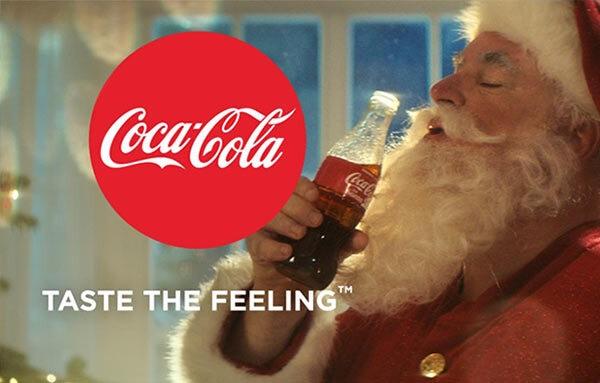
Gaining this association meant that Coke was influencing consumers to link all their happy thoughts about the winter season and holidays with drinking a Coca-Cola.
It’s important to note that not every attempt will be successful. If Pepsi tried to replicate this design campaign, drawing Santa and snow onto each of their packages and products, it would likely flop. The Pepsi colors just don’t fit with a red Santa the way the Coke colors do.
Understand and respect your own limitations, because they will play a big role in overall success.
2. Language
It’s often possible to create a brand association by simply using the right type of language within each campaign.
For example, if you want to link your brand to boxing, a language representative of the sport would be ideal. Terms knockout, punch, block, etc. should be prevalent in your ads. Consider how this vocabulary affects your brand persona, as well.
Also, the language should meet at least a level of semblance tone-wise that indicates the campaign is from a boxing-informed brand.
The best way to assure you’re addressing this correctly is by confirming if you’re using the right vocabulary and if the tone is working. If these two things are adhered to, as well as brand consistency, things should be fine.
Here are a few popular campaigns that used language in order to create a powerful brand association:
1. Taste the rainbow – Skittles
The multi-colored candy is associated with a beautiful rainbow, thanks to the genius language and phrasing of the ‘taste the rainbow’ campaign.
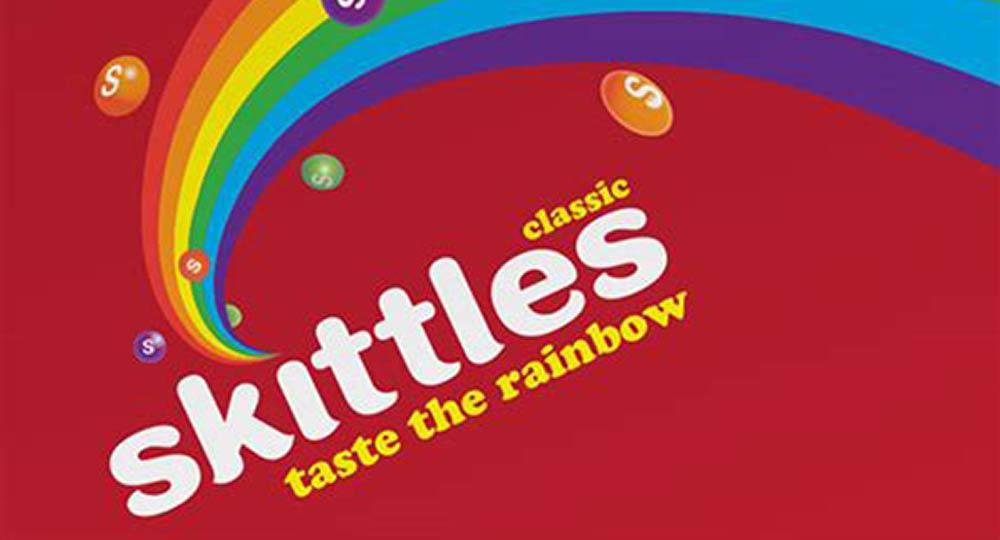
Volkswagen’s creative use of language sparked associations between their vehicles and a convenient or ‘right’ size.
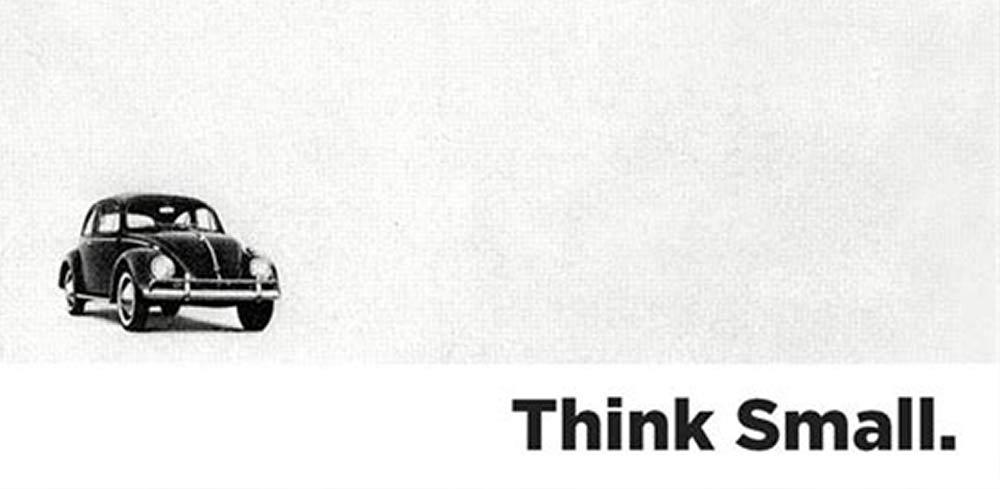
It’s clear to see how creative language and vocabulary can transform a brand. Think of ways your language could change for the better.
3. Personification
This is most relevant to brands that have inanimate products, but enough innovation could allow for many brands to use personification.
Personification is the act of giving something nonhuman human traits and characteristics. It is a large part of brand image. An iconic example of this is Wilson, the volleyball that Tom Hanks befriends in the movie ‘Castaway’.

Personification is effective because it changes the way audiences view items and creates emotional connections where it seemed impossible. It also allows for a more direct communication between the once-inanimate object and consumers.
One of the best uses of personification by a brand was the ‘I’m a Mac’ campaign by Apple. Instead of comparing their physical computer with a PC, they simply ran an ad with two humans who represented personified versions of the computers.
This way, they gave their lifeless product life, as well as humor, intelligence, youth and personality.
Keep these different ways to create positive associations in mind during your next campaign.
Note: It should be pointed out that forcing a brand association isn’t always going to work. Your audience isn’t stupid and their brains aren’t susceptible to a caveman approach. If I run campaigns that have Tiger Woods standing next to a football, people won’t forever associate the longtime golfer with a sport he doesn’t play.
The negatives and how to recover from them
Companies do everything they can to create brand associations, but they aren’t able to control the outcomes. No matter how good of intentions you have going into it, sometimes a negative brand association is inevitable.
This is a huge problem when it happens, since it means customers will choose competitors over you.
So, why does this end up happening? The answer lies in the information outlets available to everyone. There are so many ways for consumers and the media to relay information and form whatever opinions they want about a brand. This is just the reality, there is no changing it.
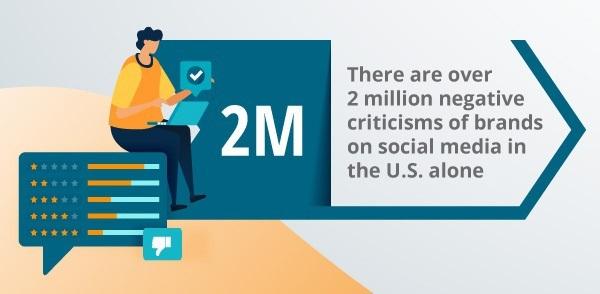
Even though this is an unavoidable possibility, there are ways to reduce the chances of it happening. The first way is simple: work hard to create positive brand associations. The more active we are in this process, the less chances of a negative association forming.
The second way to prevent a negative association is by being aware of current events and maintaining strong quality control.
There are plenty of harmful associations – you probably can think of a few off the top of your head. Consistency is the key to avoid becoming one of the unfortunate brands caught up in a bad situation.
Ready to get started? let’s begin!
Now that you have a handle on brand associations, it’s time to begin building your own. Figure out your brand’s current associations to get a foundational understanding. Next, come up with other things you’d like consumers to associate with your brand.
With these goals set, you’ll be able to work with your teams to create the ideal brand associations. Remember to be consistent and keep the main principles in mind throughout the process. Good luck!

